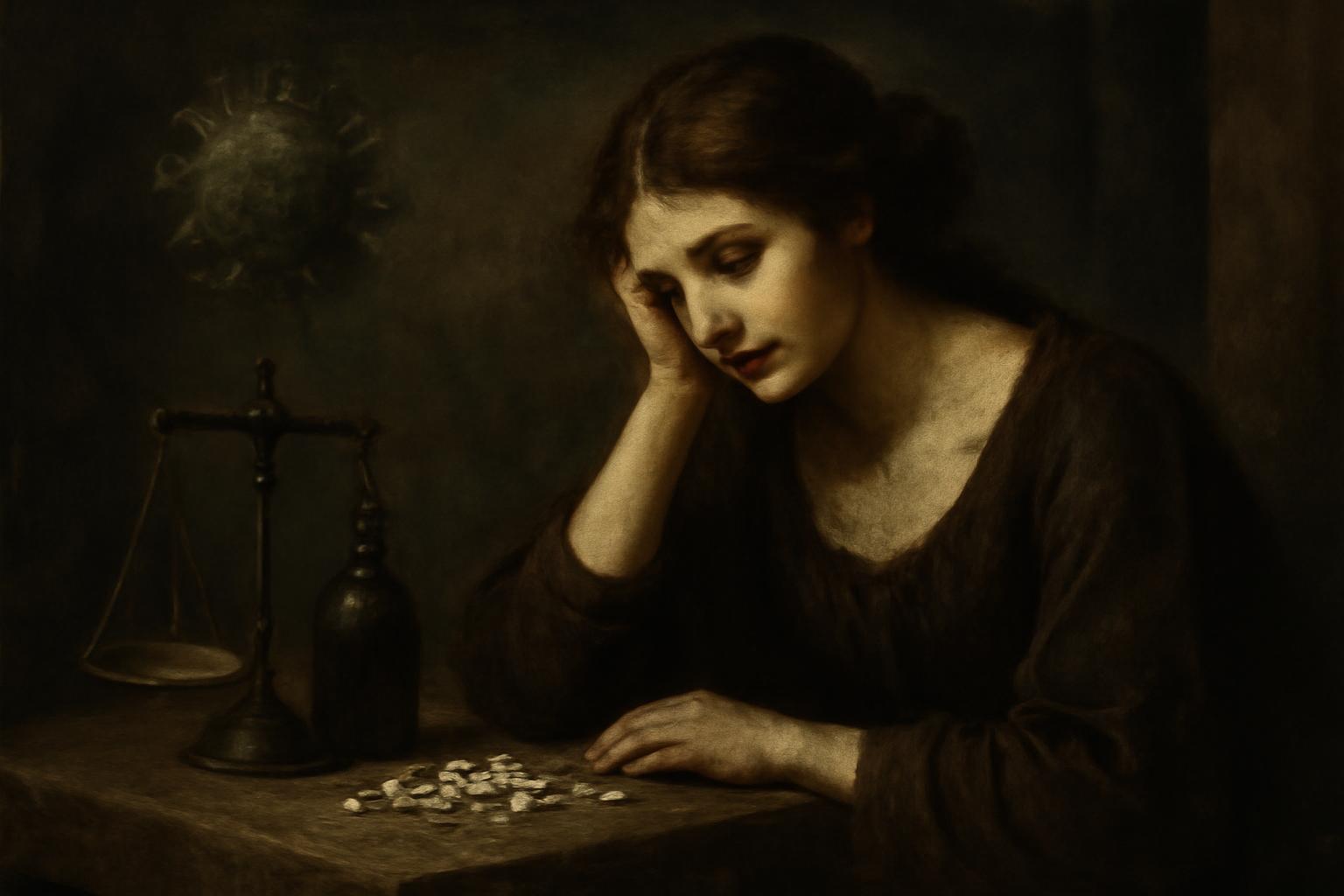Once again, the storm-tossed theater of modernity offers up a scene in which the gods have not died, but merely conceal themselves behind the blinding pallor of commerce and convenience. Titanium dioxide—a whitener, an agent of artificial purity—serves as our latest pharmakon: both remedy and poison, both shield and silent harbinger of decay. From toothpaste to sunscreen, it adorns our daily rituals like some unhatched egg of Pandora, serenely promising safety, protection, an unblemished surface.
The ruling of those distant, spectral bureaucrats—the European Court of Justice—offers a cruel reprieve. The carcinogenic brand, once pressed upon titanium’s brow, is now momentarily effaced, not by exculpatory evidence, but by a metaphysical failure of method: the error of those priests of risk assessment, whose verdict, we are told, did not descend properly from the Pythian oracle of scientific certainty. The accused walks free; not for innocence, but for procedural imperfection. Meanwhile, beneath the white veneer, the horror may yet seethe and breed, as medical prophets warn that these tiny evanescences—nanoparticles, almost mythic in their minuteness—slink through the fortress of our cells, tinkering with the scripts of our being, kindling new and obscure tragedies in the vulnerable, the afflicted, the weak.
How wretchedly apt, how classically tragic, that a substance whose very purpose is to make the decayed and stained world appear immaculate, should itself become suspect—a simulacrum of Apollonian order masking Dionysian chaos beneath. Is this not what Nietzsche saw—the hollowness of a culture obsessed with the surface, with permanence, with “health,” while death and decadence worm through the core? With the bureaucrat as our pallid Apollo, pushing ambiguities into forgotten corners with a bureaucratic wand, while in the depths, the Furies—carcinogenesis, mutation, slow inflammation—wail unheard.
After all, we have long since ceased to believe in the tragic wisdom of the ancients. “One must have chaos in oneself to give birth to a dancing star,” said the hermit of Sils Maria, yet we scuttle from chaos, wrapping ourselves ever deeper in pigments and chemicals that promise control. But Prometheus forever unchains himself, and tragedy is the ineluctable law of our condition. The whitening agent becomes not just a technical question, but a metaphor for our whole epoch: a desperate, self-defeating urge to bleach out peril, and in doing so, to invite a new epoch of suffering.
It is the mark of a civilization exhausted, haunted by decline, that we must debate—with such emptiness and equivocation—not how we are to pursue the good, the beautiful, and the true, but how we might best package old ills in dazzling new shrouds. Let us then stand for a moment with the chorus, and grieve. For the modern world has become an endless rehearsal of such ironies, and the wisdom of tragic forebears is drowned by the antiseptic hiss of yet another canister of white paint.
